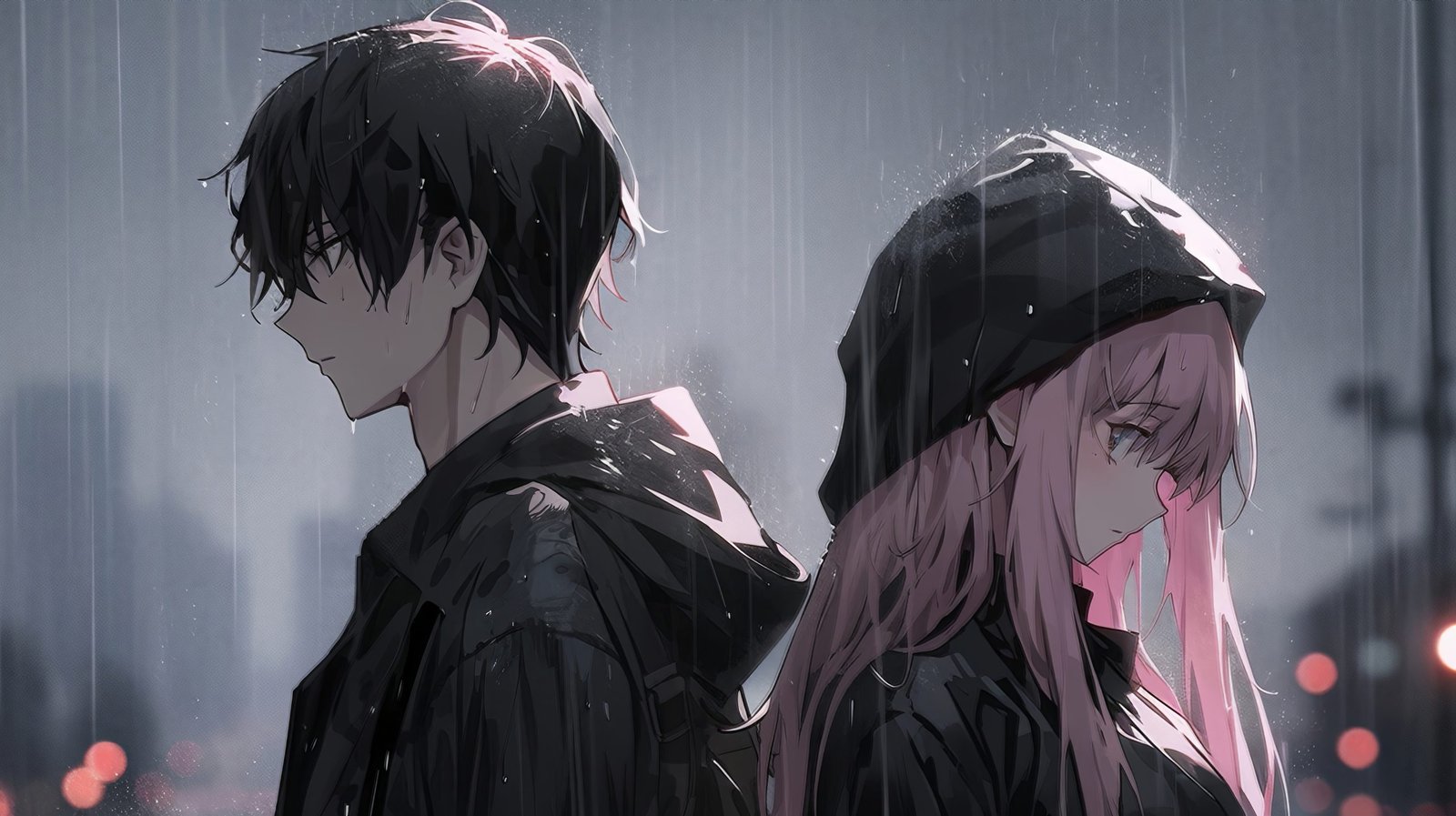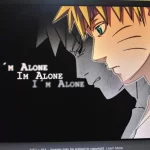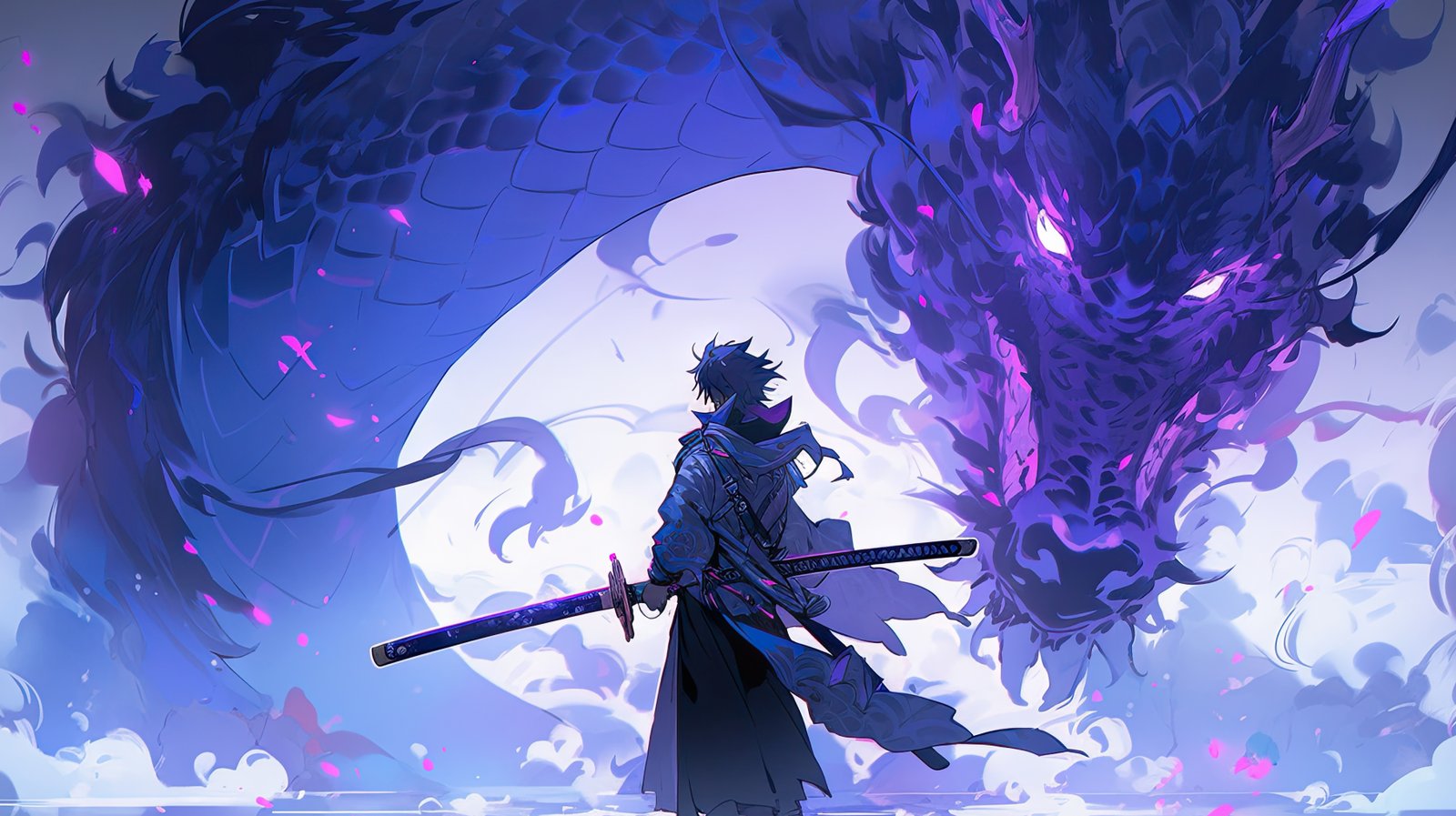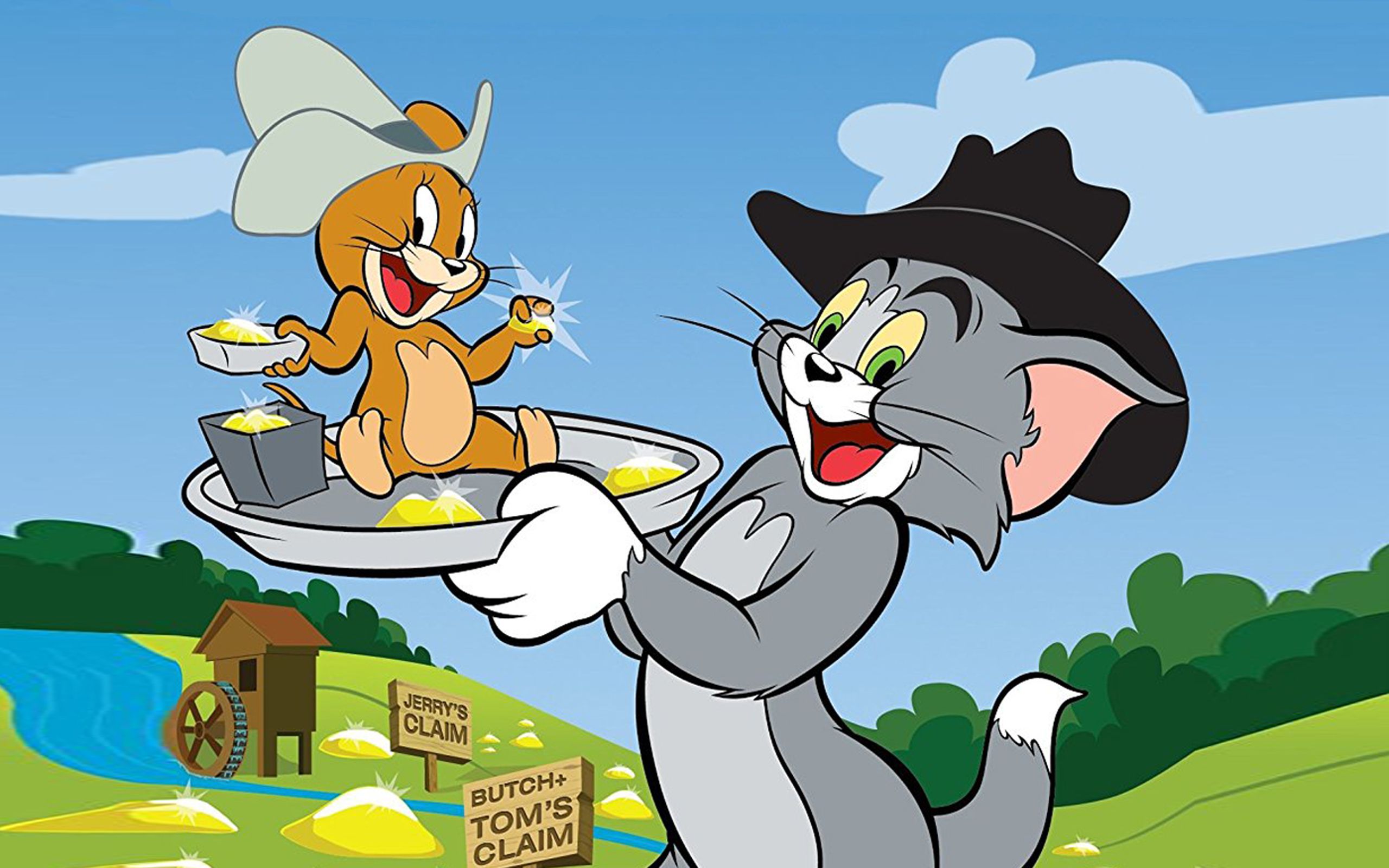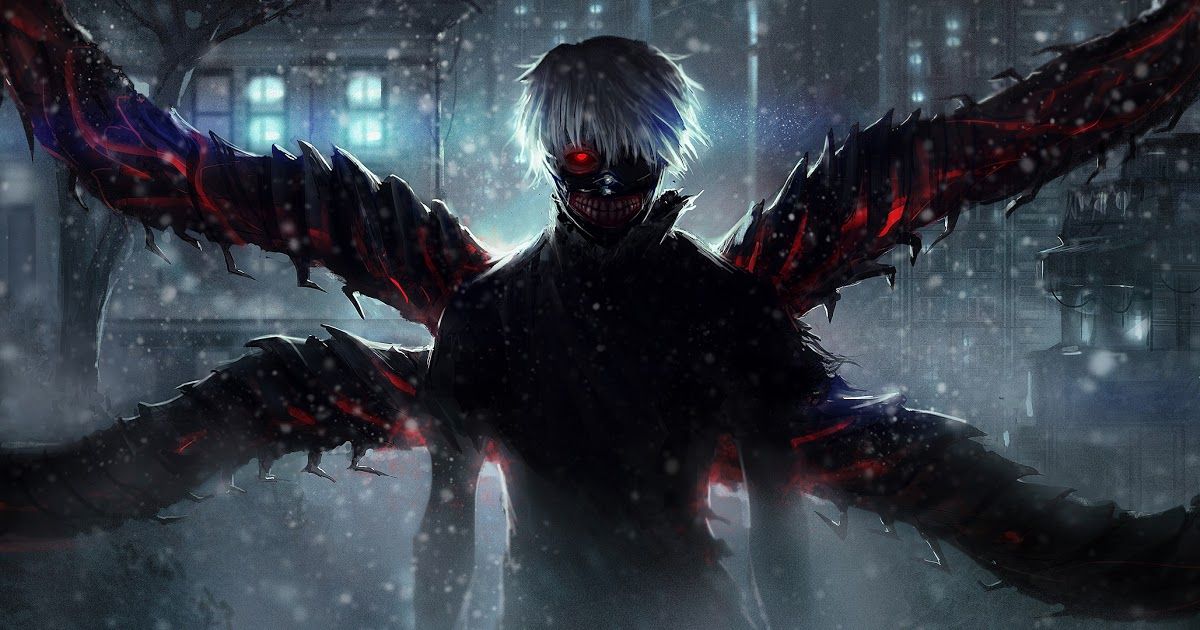Introduction
Have you ever scrolled through social media and noticed a trend of sad anime profile pictures (PFPs)? You’re not alone. These melancholic images have become a common sight, capturing the hearts of many users. But why are people so drawn to them? Let’s dive deep into the world of anime and discover the emotional connections that drive this phenomenon.
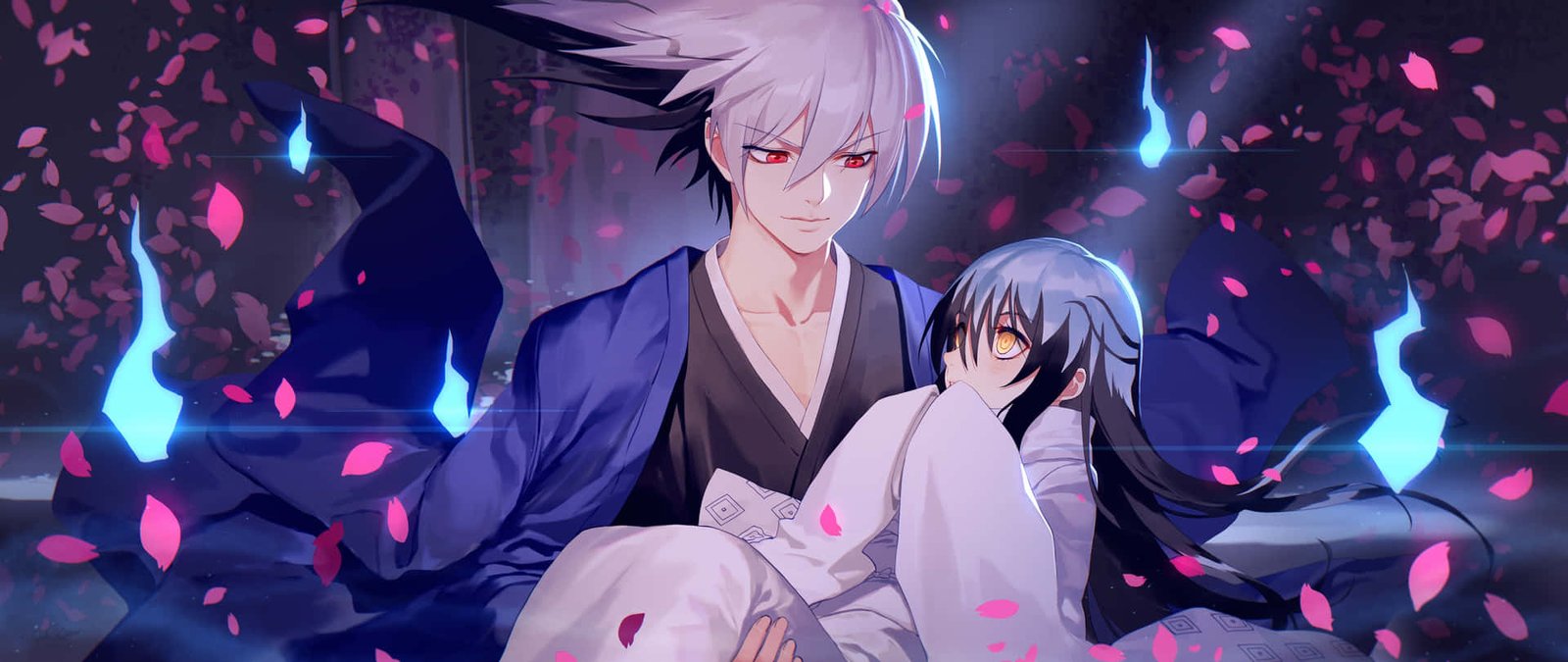
The Rise of Anime in Pop Culture
A Brief History of Anime
Anime isn’t just a genre; it’s a cultural phenomenon. Originating in Japan, anime has a rich history dating back to the early 20th century. What started as simple animated works has evolved into a diverse and expansive medium, encompassing a wide range of genres and styles. From Studio Ghibli’s heartfelt films to the intense battles in “Dragon Ball Z,” anime has something for everyone.

The Global Influence of Anime
Anime’s popularity isn’t confined to Japan. Over the decades, it has gained a massive global following. Shows like “Naruto,” “Attack on Titan,” and “My Hero Academia” have captured the imaginations of fans worldwide. Conventions, merchandise, and fan art are just a few ways anime has permeated global culture. This universal appeal has helped anime become a staple in pop culture.
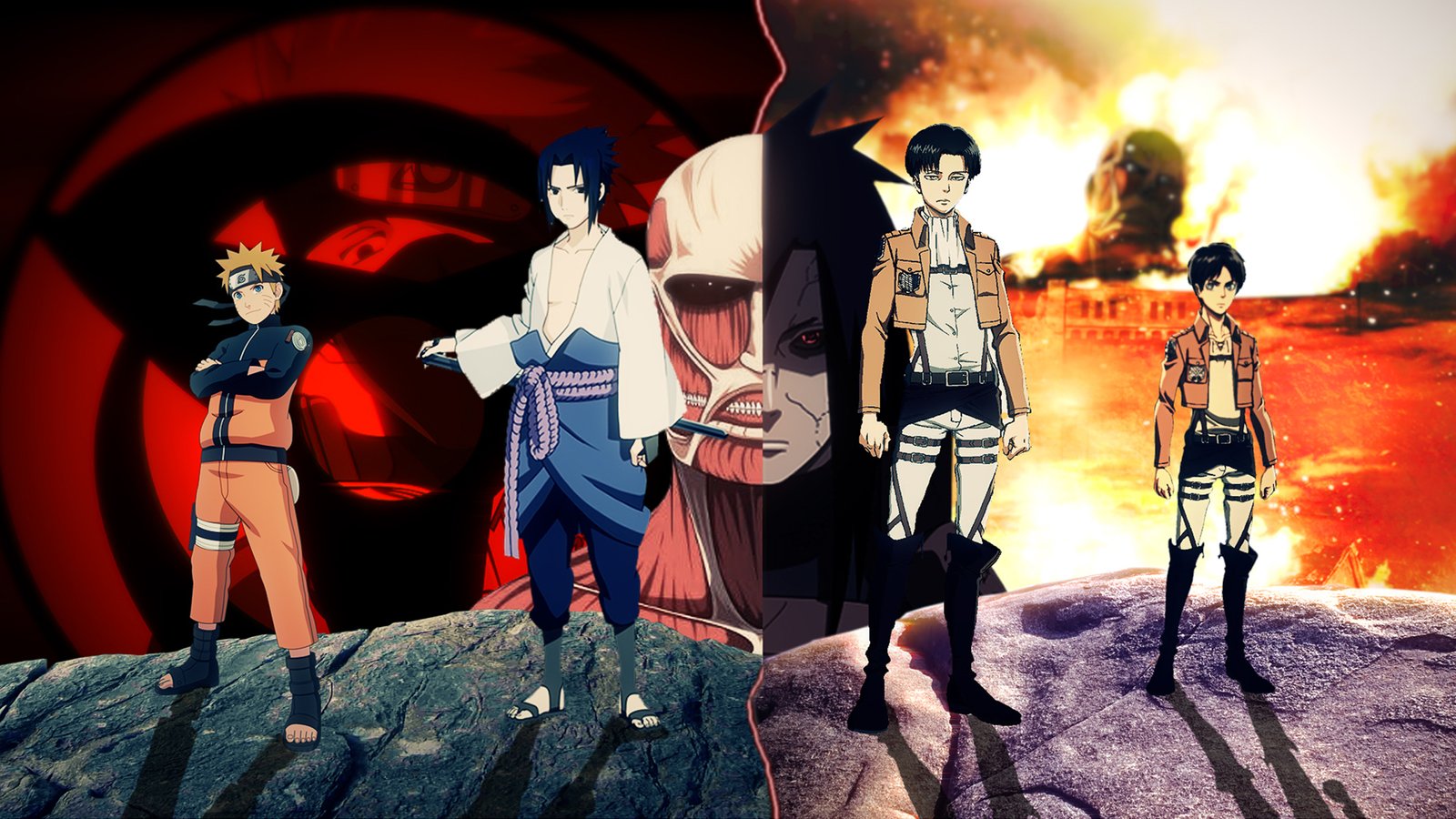
The Emotional Depth of Anime Characters
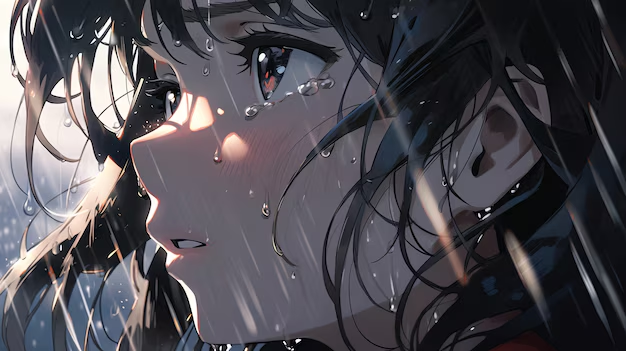
Generally, anime is quite popular for its deep emotional depth. This can be seen in its mature themes, a completely different fashion than Western cartoons, which often delve into aspects of loss, grief, and anguish from an existential outlook.
“Your Lie in April,” “Clannad,” and “Anohana: The Flower We Saw That Day” are a few examples of such series that deal with the complex subject of human emotions and leave their viewers in wracking tears.
The characters go on a very difficult journey, and their expressions of sadness are forever etched in the minds of their fans.

Kaori leaves a tale of love, loss, and dreams pursued even in the face of inevitable personal tragedy. It is her bittersweet journey and the way in which she faces her illness with both bravery and grace that render her one of the most popular sad PFP choices.
Nagisa Furukawa from Clannad
Nagisa’s character is central to one of the most emotionally charged storylines in anime. Her struggles and the following family dynamics form a deep well of emotional content that fans are drawn to.
Menma from “Anohana: The Flower We Saw That Day”: Menma’s ethereal character and the unresolved grief of the characters centralize around her death.
Her character symbolizes an innocent loss, the enduring pain of those left behind, making her a very poignant choice for a sad PFP.
Complex Character Development
One of the reasons anime resonates so deeply with viewers is its complex character development. Unlike many Western cartoons, anime often dives deep into the psyche of its characters. They aren’t just heroes and villains; they’re individuals with their own struggles, fears, and dreams. This complexity makes them relatable and endearing.
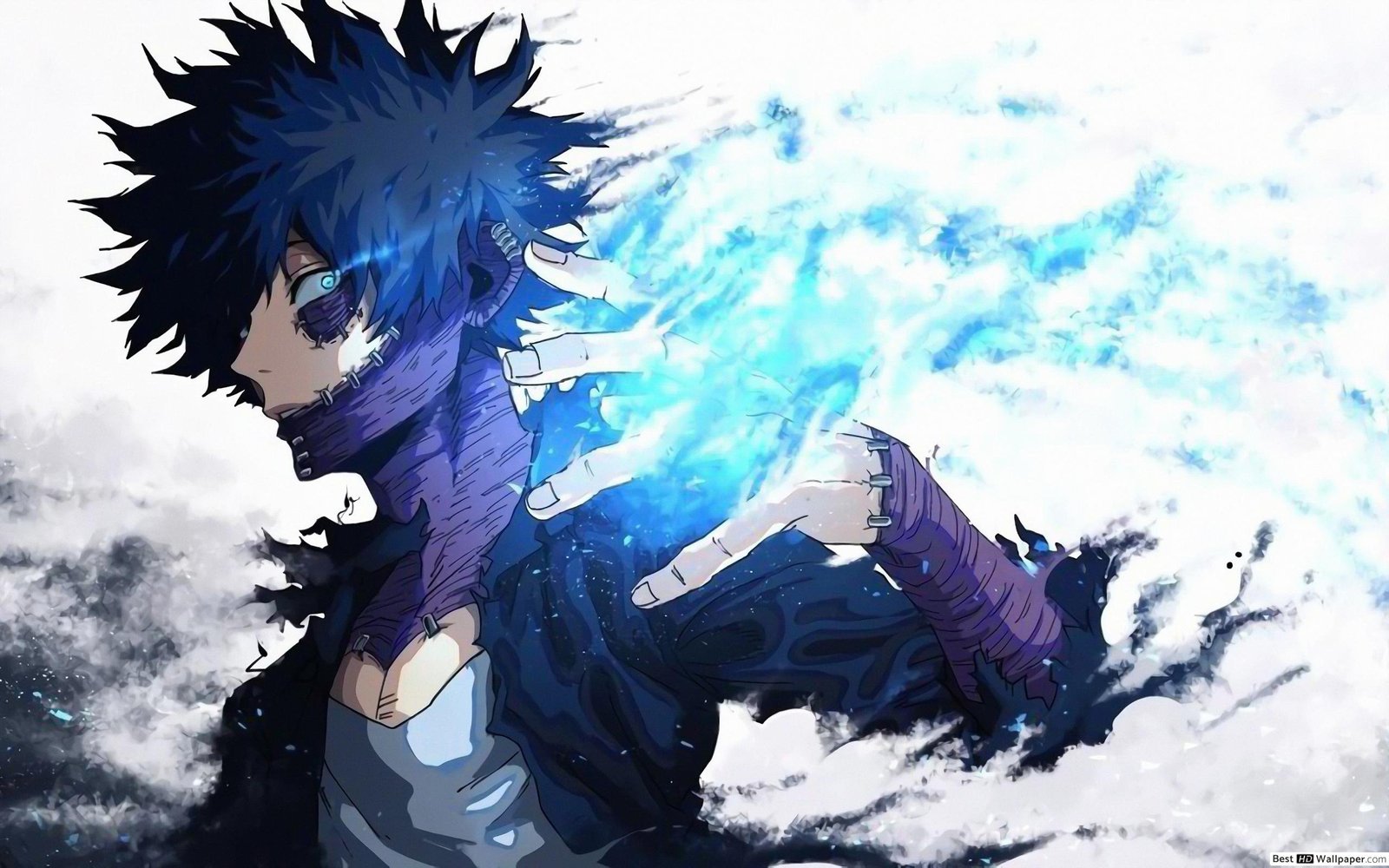
Relatable Storylines and Themes
Anime frequently tackles themes that hit close to home, such as loss, love, and the quest for identity. These storylines aren’t afraid to explore the darker aspects of life, which can be incredibly cathartic for viewers. When you see a character going through something you’ve experienced, it creates a powerful emotional connection.
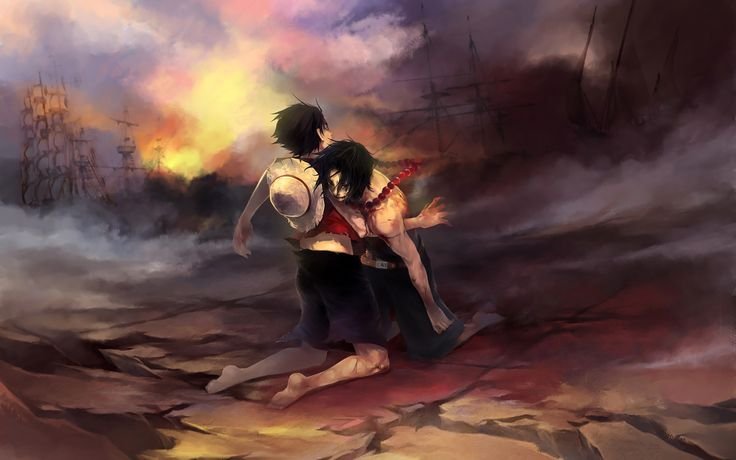
The Psychology Behind Sad Anime PFPs
Expression of Personal Emotions
Using a sad anime PFP can be a way for people to express their own emotions. It’s a silent way of saying, “This is how I feel right now.” Whether it’s dealing with heartbreak, loneliness, or simply having a bad day, these images provide a visual representation of one’s inner state.

Seeking Comfort in Fictional Characters
Sometimes, seeing a character go through similar struggles can be comforting. It’s like having a friend who truly understands you. Anime characters, with their expressive faces and detailed story arcs, can provide that sense of understanding and companionship, even if they are fictional.

The Role of Social Media
Trends in Online Communities
Social media platforms are breeding grounds for trends, and sad anime PFPs are no exception. As more people adopt these images, it creates a sense of community and belonging. It’s a way to signal to others that you’re part of the same subculture, sharing similar interests and emotions.
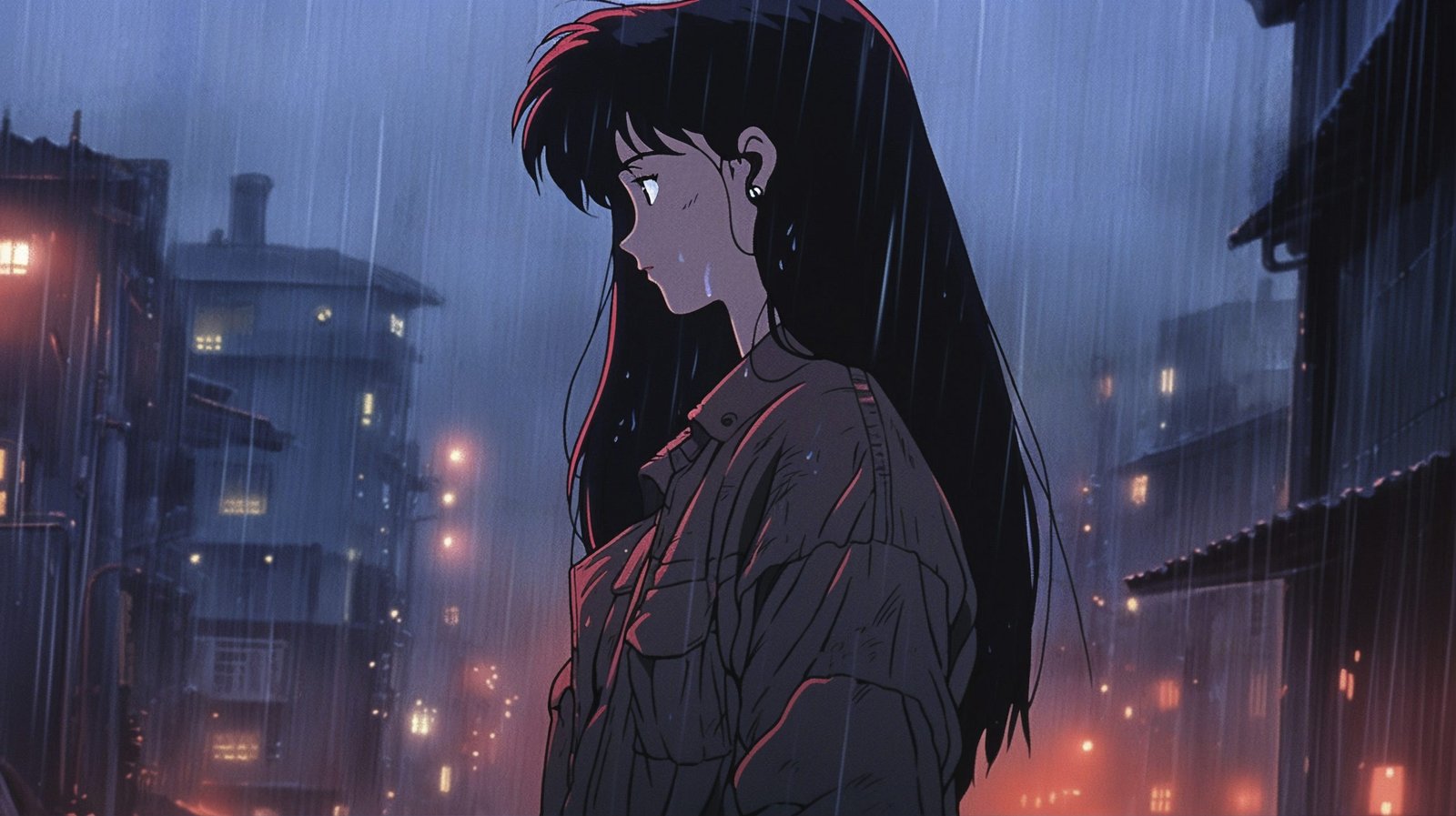
The Impact of Memes and Viral Content
Memes play a huge role in spreading the popularity of sad anime PFPs. A single viral post can inspire thousands of users to change their profile pictures. These images often come with relatable captions, further amplifying their emotional impact and appeal.
The Aesthetic Appeal of Sad Anime Art
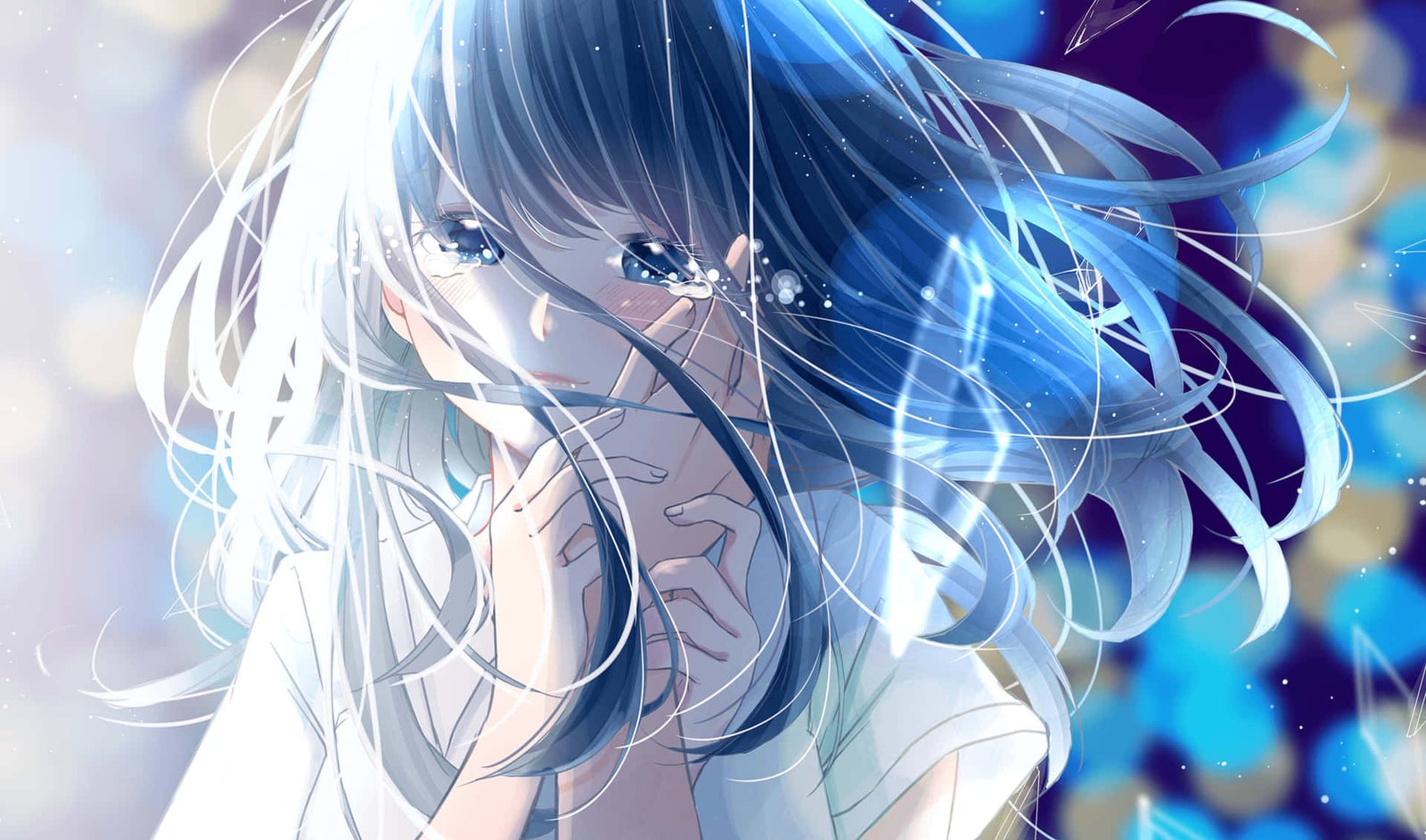
Artistic Styles and Visuals
Anime is known for its stunning visuals and unique artistic styles. Sad anime art, in particular, often features soft colors, delicate lines, and expressive facial expressions. This aesthetic appeal draws people in, making them more likely to use these images as PFPs.
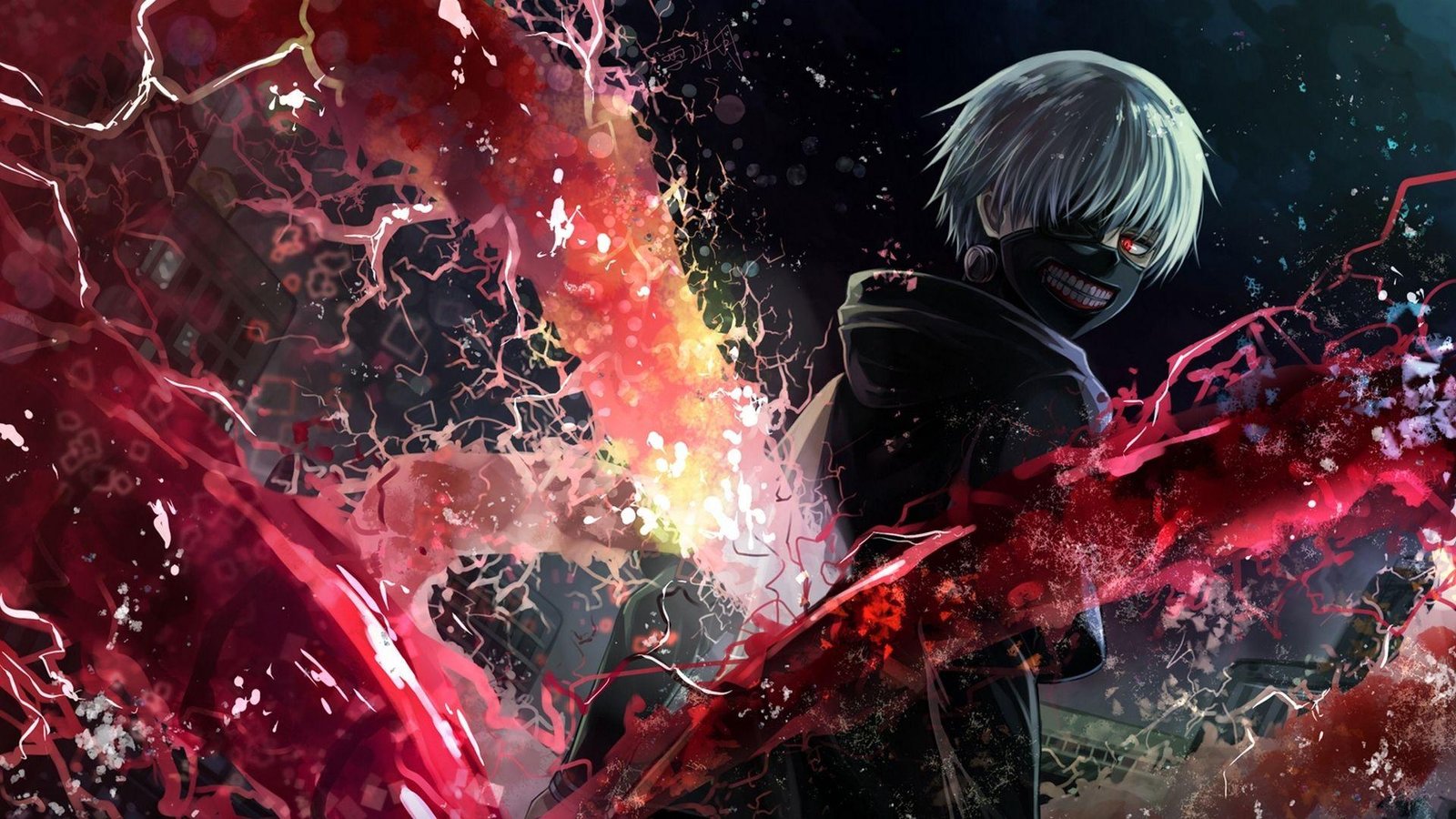
Symbolism in Sad Anime Imagery
Sad anime PFPs often carry deep symbolism. The teary eyes, downcast looks, and somber backgrounds can symbolize feelings of melancholy, introspection, or vulnerability. These symbolic elements resonate with people on a deeper level, making the images more impactful.

Cultural Differences and Universal Themes
Japanese Cultural Context
Understanding the cultural context of anime can provide insight into its emotional depth. Japanese storytelling often emphasizes themes of perseverance, honor, and the transient nature of life. These cultural elements contribute to the rich, emotional narratives found in anime.
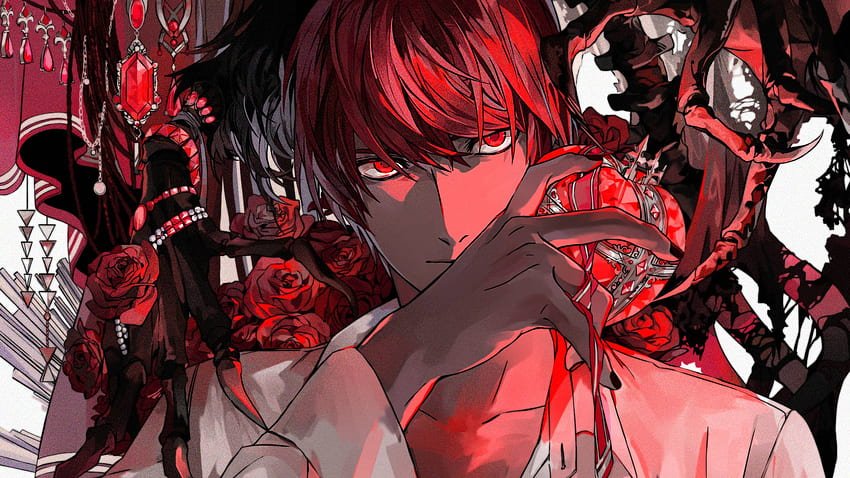
Universal Themes in Sad Anime
Despite cultural differences, the themes in sad anime are universally relatable. Feelings of sadness, longing, and hope are human experiences that transcend cultural boundaries. This universality is why sad anime PFPs resonate with people from all walks of life.
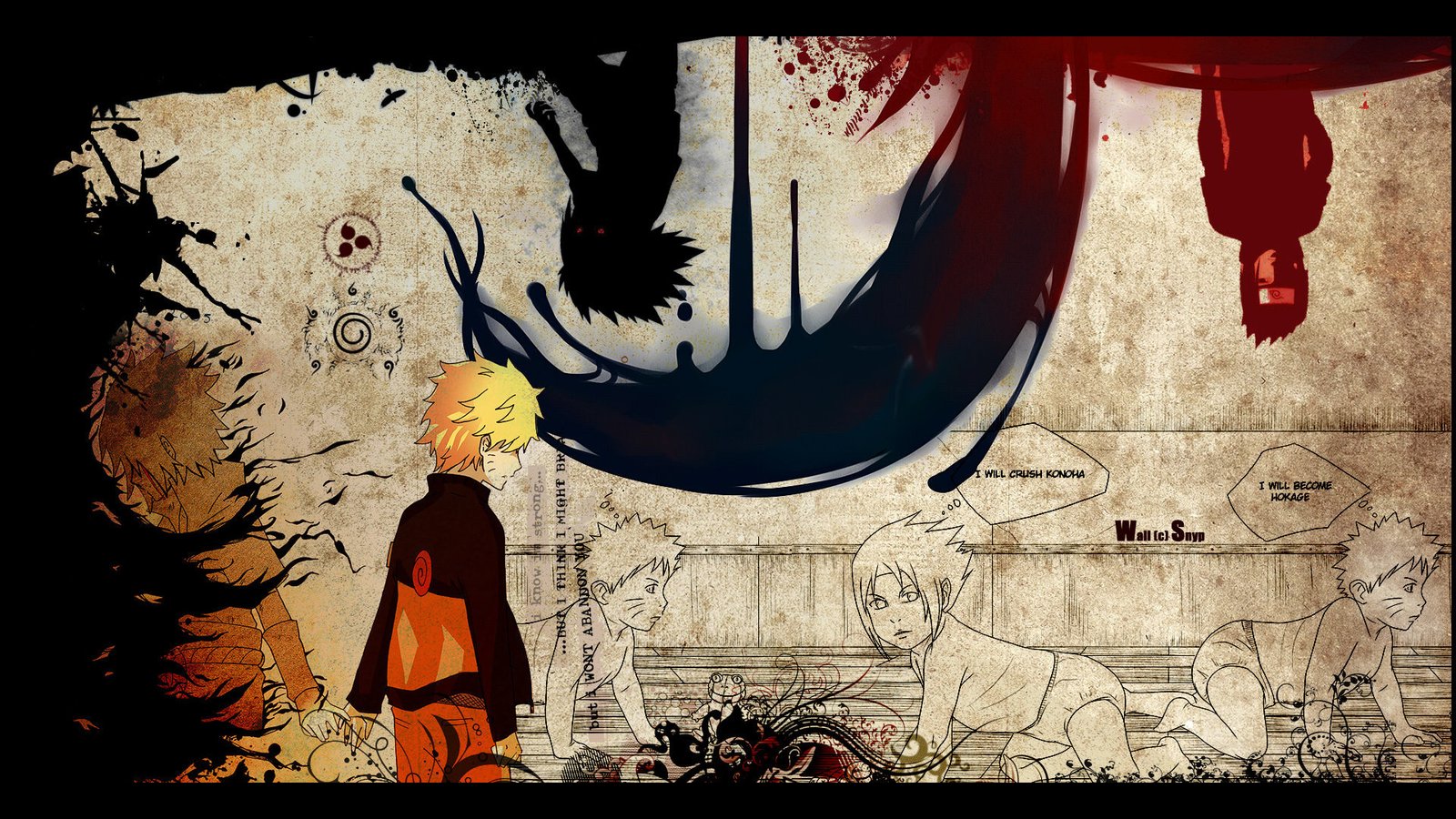
Conclusion
Sad anime PFPs are more than just a trend; they’re a testament to the emotional power of anime. By combining complex characters, relatable themes, and stunning visuals, anime has created a unique way for people to express and connect with their emotions. Whether you’re a longtime fan or new to the world of anime, it’s clear that these melancholic images have a special place in our hearts.
More than just a craze, this reflects the strong emotional bonds that fans share with their favorite shows and characters.
That is, such profile pictures communicate silently extremely complex feelings, which words often fail to express. Whether for aesthetic appeal, emotional veracity, or comfort, those chosen sad anime pfps offer unique views into the hearts and minds of those who use them.
Now that we really understand the allure and importance of sad anime pfps, we can appreciate more the impact that anime has on its viewers.
These are not pictures of sadness and sorrow; they are pictures of connection, empathy. A mutual human experience as we all navigate life’s emotional landscape.
So, next time you see a sad anime picture or any other kind of profile picture. just stop for a second and think about the story behind the person who set that profile picture.
Through this, maybe you can understand feelings deeper in both art and what it carries.

